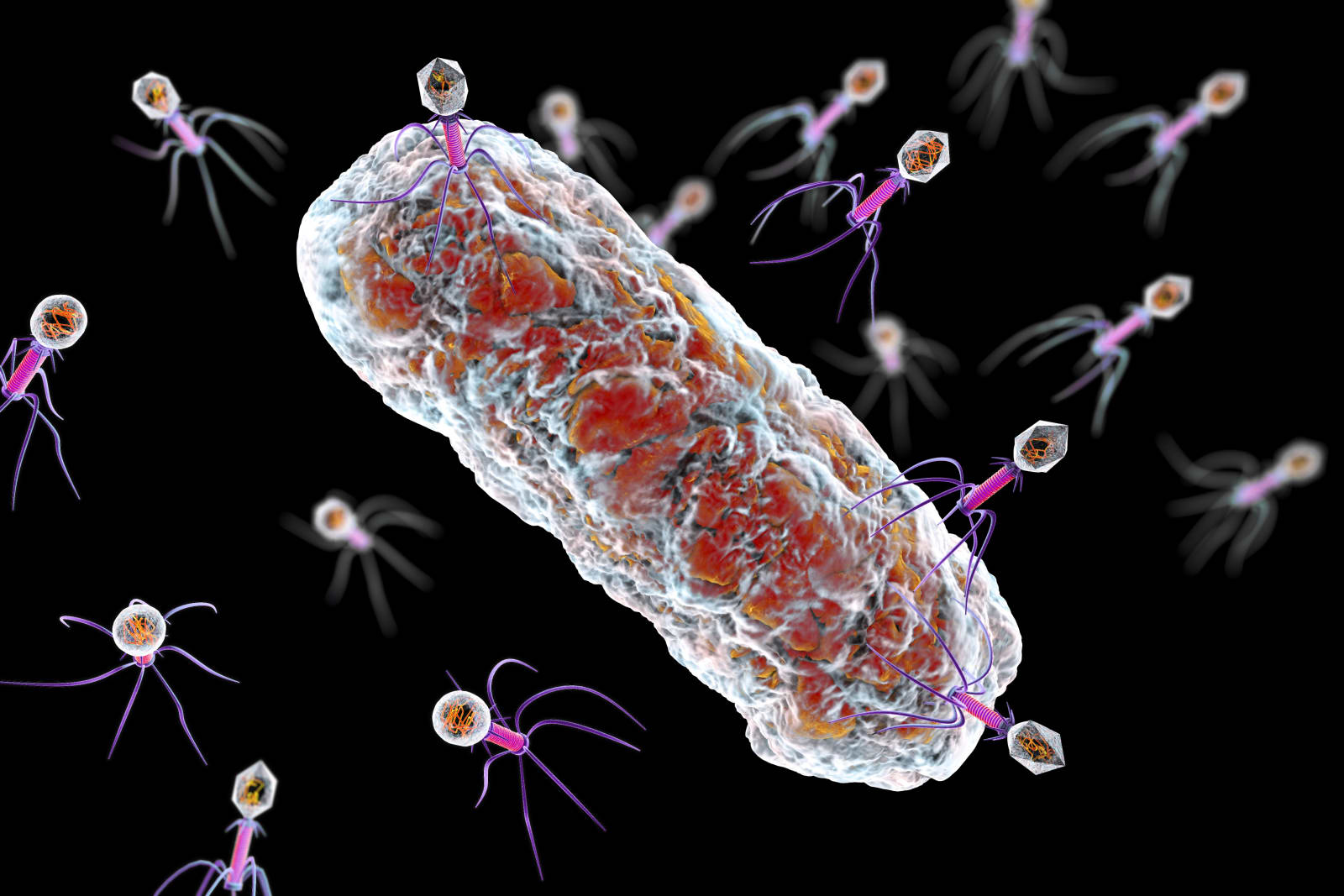
Viruses are the swarming bullies of biology, but it turns out their alarming self-replication could one day power your iPod. We've seen them in batteries before, but researchers at Berkeley Labs have now coated electrodes with modified M13 bacteriophage, a harmless bacteria-eating virus, to create the first ever organic piezoelectric material -- which can convert force to electricity. The team explained that such a substance would be non-toxic, organize naturally into thin layers and self-regenerate, giving it a possible advantage over chemical options. In theory, by attaching a thin film of it to your shoes, power could be generated when walking, lending volts to the myriad electronics we pack around nowadays. To see a finger-powered video demo of our frequent-enemies making themselves useful for a change, stroll on past the break.
Continue reading Researchers use virus's rogue traits to create electricity from motion
Researchers use virus's rogue traits to create electricity from motion originally appeared on Engadget on Tue, 15 May 2012 17:41:00 EDT. Please see our terms for use of feeds.
Permalink  Inhabitat
Inhabitat |
 Berkeley Labs
Berkeley Labs |
Email this |
Comments
 Doctors normally resort to bacteriophages (bacteria-killing viruses) to kill antibiotic-resistant "superbugs" only when they've run out of options, in part because it's difficult to find the ideal example. It can take months or more just to find a v...
Doctors normally resort to bacteriophages (bacteria-killing viruses) to kill antibiotic-resistant "superbugs" only when they've run out of options, in part because it's difficult to find the ideal example. It can take months or more just to find a v...
 Doctors normally resort to bacteriophages (bacteria-killing viruses) to kill antibiotic-resistant "superbugs" only when they've run out of options, in part because it's difficult to find the ideal example. It can take months or more just to find a v...
Doctors normally resort to bacteriophages (bacteria-killing viruses) to kill antibiotic-resistant "superbugs" only when they've run out of options, in part because it's difficult to find the ideal example. It can take months or more just to find a v...


